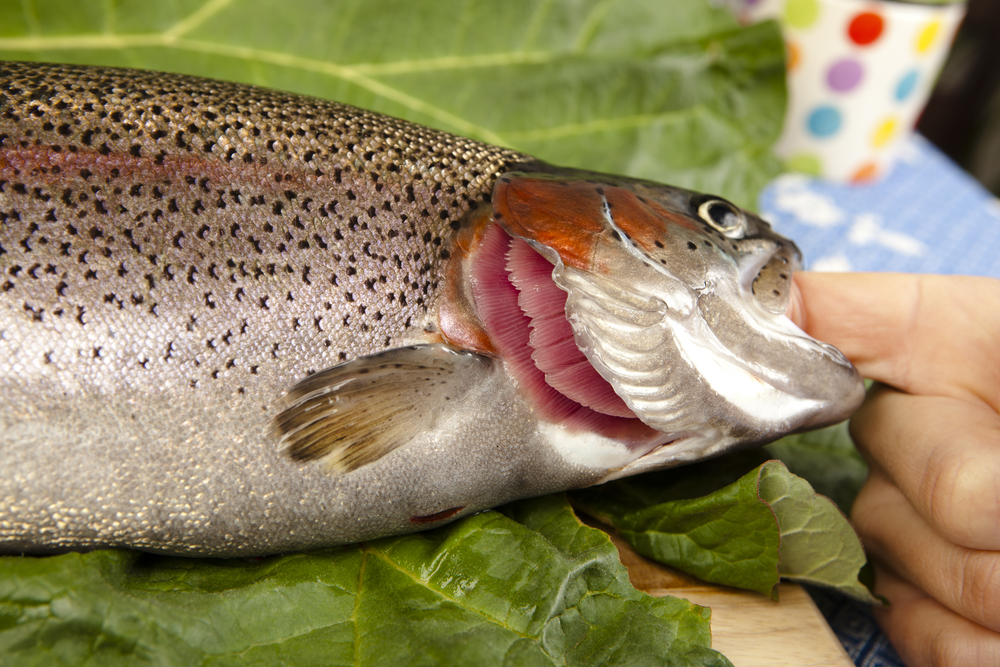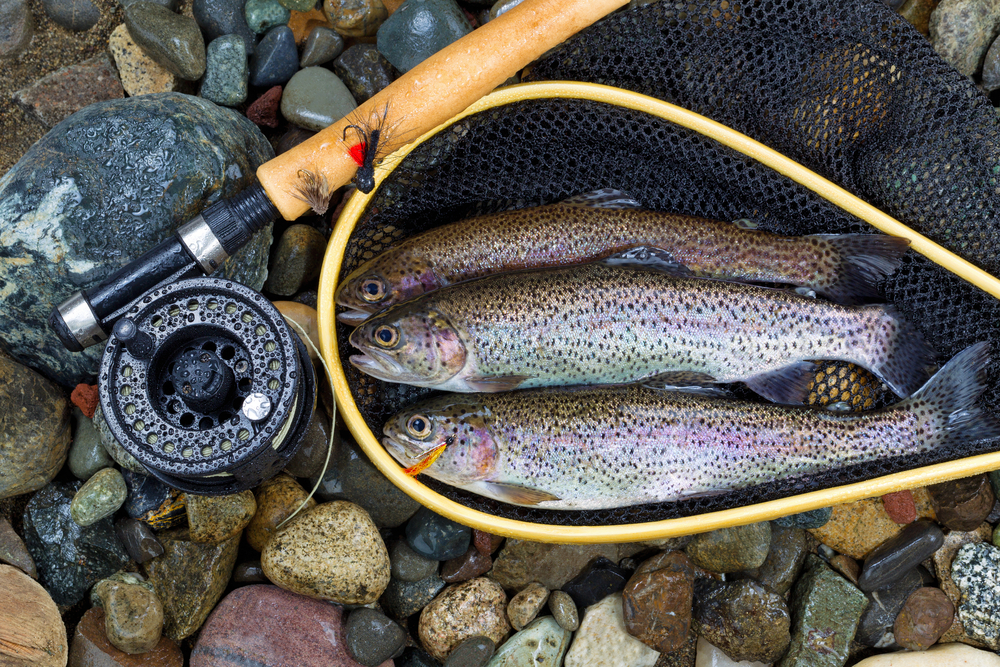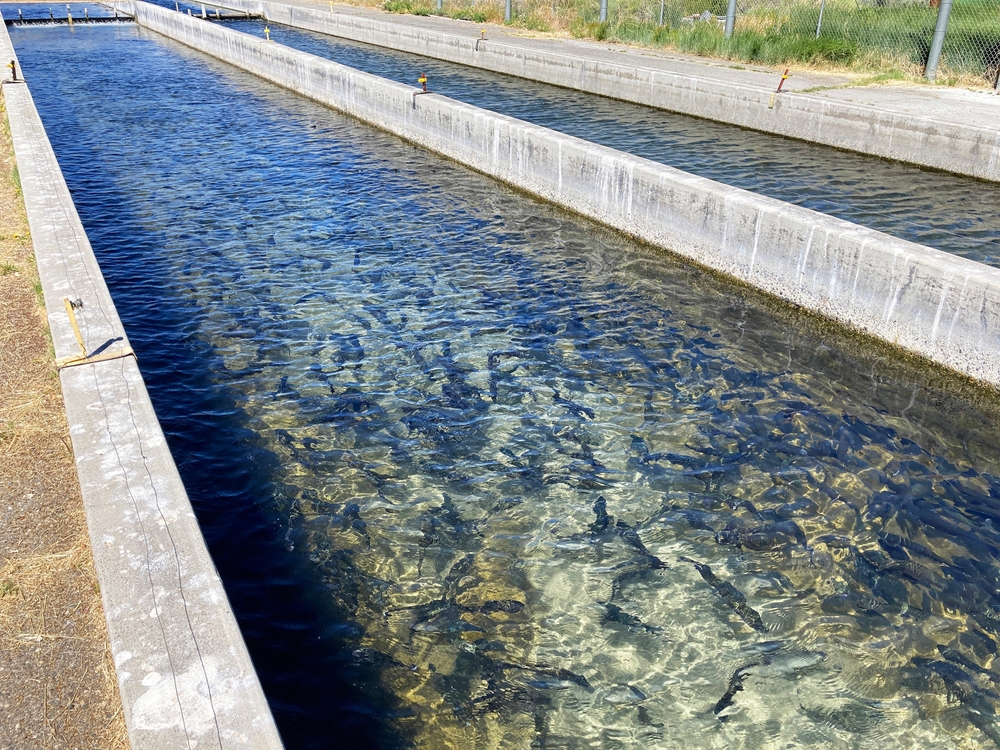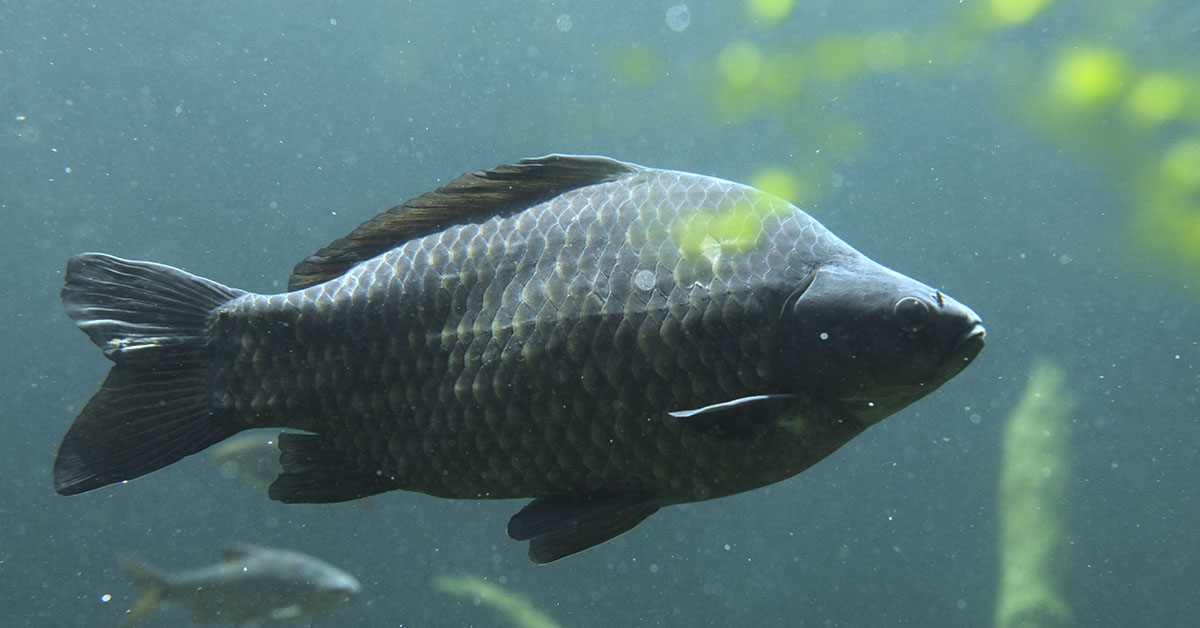For decades, the belief that fish don’t feel pain shaped fishing practices, seafood production, and research methods. People assumed that because fish don’t scream or cry, they couldn’t suffer like mammals. But science tells a different story. A recent study shows that rainbow trout experience intense pain for up to 22 minutes after removal from water. This finding adds to a growing body of research proving that fish feel pain, and it’s time the world starts paying attention.
This discovery not only changes how we understand fish sentience but also supports efforts to measure animal suffering more precisely. The Welfare Footprint Framework, a tool that assesses the intensity and duration of pain in animals, highlights just how long and deeply aquatic species suffer in our current practices.
Researchers Observe Long-Lasting Pain in Rainbow Trout
Scientists at Liverpool John Moores University wanted to test how long rainbow trout experience pain after a harmful event. They applied a small amount of acetic acid to the fish’s lips to trigger a painful reaction. After exposure, the trout rubbed their mouths against the tank walls and shook their heads for as long as 22 minutes. These weren’t random movements. The trout showed clear signs of distress and discomfort.

When researchers gave morphine to another group of trout, the pain-related behaviors stopped. This result confirmed that the original fish reacted to pain, not just a simple reflex. These behaviors provided strong evidence that fish feel pain and that the pain can persist long after the initial injury.
Read More: This Fish Tops the List of The World’s Healthiest Foods, Offering More Nutrition Than Many Veggies
Science Shatters the Myth of “Fish Don’t Feel Pain”
For years, people dismissed fish as creatures without emotion or consciousness. Industries and hobbyists alike claimed fish lacked the brain structures needed for pain awareness. However, research continues to prove them wrong.
Fish possess nociceptors, the specialized nerve cells that detect harmful stimuli. When injured or stressed, they change their behavior. They avoid threats, remember negative experiences, and even learn from past events. These actions show more than basic reflex. They suggest conscious awareness.
Numerous studies now support the fact that fish feel pain in ways similar to other vertebrates. They may not show it in ways humans easily recognize, but their reactions, physiology, and behavior make it clear. These findings call for major changes in how we handle and protect aquatic animals.
Welfare Footprint Framework Measures True Suffering
To better understand animal suffering, scientists developed the Welfare Footprint Framework. This model doesn’t just count animal deaths or poor living conditions. It measures how often and how intensely animals suffer, categorizing pain into four levels: mild, moderate, intense, and severe.
When applied to fishing and aquaculture, this model paints a disturbing picture. Standard practices often cause long-lasting suffering. For example, exposing fish to air, a common occurrence in sport and commercial fishing, can lead to minutes or even hours of distress. The trout study backs this up, proving that fish endure extended pain when removed from water.

By using the Welfare Footprint Framework, scientists and advocates can identify the most harmful practices and push for change. This data-driven approach supports the growing argument that fish feel pain and deserve better treatment.
Ethical Pressure Builds on Fishing and Farming Industries
This research challenges long-held practices in both recreational and commercial fishing. Many anglers believe catch-and-release is a humane option. But if a fish suffers for 20 minutes or more after release, then this assumption needs rethinking.

The commercial fishing industry faces even bigger ethical questions. Crews often leave fish to die slowly on decks or crush them in nets. In fish farming, workers transport and handle fish in ways that can cause stress and injury. Despite the availability of humane slaughter methods like percussive or electrical stunning, many producers still avoid using them.
Legal protections also lag behind. Most countries do not include fish in animal welfare laws. As a result, billions of sentient creatures suffer without oversight. But as more evidence shows that fish feel pain, lawmakers and industry leaders can no longer ignore the problem.
Recognizing Fish as Sentient Beings
Fish may not show pain in ways that are familiar to us, but that doesn’t mean they don’t suffer. Scientists have shown that fish can recognize individuals, solve problems, and remember past experiences. Now we know they can also endure prolonged pain.
This understanding places responsibility on consumers, regulators, and producers. We must adopt more ethical standards. The Welfare Footprint Framework gives us a clear path forward, offering tools to reduce suffering and improve treatment.
By accepting that fish feel pain, we take an important step toward more compassionate and responsible handling of aquatic life. This shift is not just about protecting fish. It is about evolving our understanding of sentience and empathy and acting on it.
Read More: Your Heart Is Not Always The Problem If You’re Feeling Pain Under Your Left Breast

